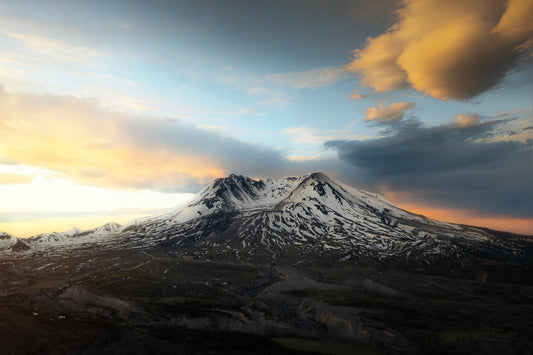Depth of field (DOF) is a fundamental concept in photography that refers to the area within an image that appears sharp and in focus. It is a crucial aspect of composition and visual storytelling, allowing photographers to control the viewer's attention and perception of depth. Let's delve deeper into the intricacies of depth of field:
Aperture and Depth of Field
- Aperture, one of the three components of the exposure triangle, plays a pivotal role in determining depth of field. It refers to the opening in the lens through which light passes to reach the camera sensor. The size of this opening is measured in f-stops, with smaller f-stop numbers indicating larger apertures (wider openings) and larger f-stop numbers indicating smaller apertures (narrower openings).
- Wide Aperture (Small f-stop): Using a wide aperture (e.g., f/1.8 or f/2.8) results in a shallow depth of field, where only a narrow plane of the image is sharply focused while the background and foreground blur into a creamy bokeh. This technique is commonly employed in portrait photography to isolate the subject from distractions and create a dreamy, cinematic effect.
- Narrow Aperture (Large f-stop): Conversely, a narrow aperture (e.g., f/11 or f/16) increases depth of field, rendering more of the scene in sharp focus from foreground to background. Landscape photographers often use narrow apertures to ensure that all elements within the frame, from the nearest rock to the distant mountains, are crisp and detailed.
Controlling Depth of Field
- Understanding how to manipulate depth of field empowers photographers to convey their creative vision effectively. By adjusting the aperture setting, photographers can control the balance between foreground, subject, and background sharpness, thus shaping the visual narrative of their images.
- Beyond aperture, factors such as focal length, subject distance, and sensor size also influence depth of field. Telephoto lenses and close subject distances tend to produce shallower DOF, whereas wide-angle lenses and greater subject distances result in deeper DOF.
Visual Impact of Depth of Field
- Depth of field is not merely a technical consideration but a powerful artistic tool for composition and storytelling. A shallow depth of field can draw the viewer's attention to a specific subject or point of interest within the frame, evoking emotions and guiding the narrative of the photograph.
- Conversely, a deep depth of field can capture the grandeur and vastness of landscapes, allowing viewers to explore the intricate details of the scene from foreground to background. It provides context and depth, inviting viewers to immerse themselves in the photographer's perspective.
By mastering the principles of depth of field, photographers can enhance the visual impact and storytelling potential of their images, creating compelling compositions that resonate with viewers. Experimenting with different apertures and exploring the interplay between focus and depth of field opens up a world of creative possibilities, empowering photographers to capture moments with clarity, depth, and emotion.







